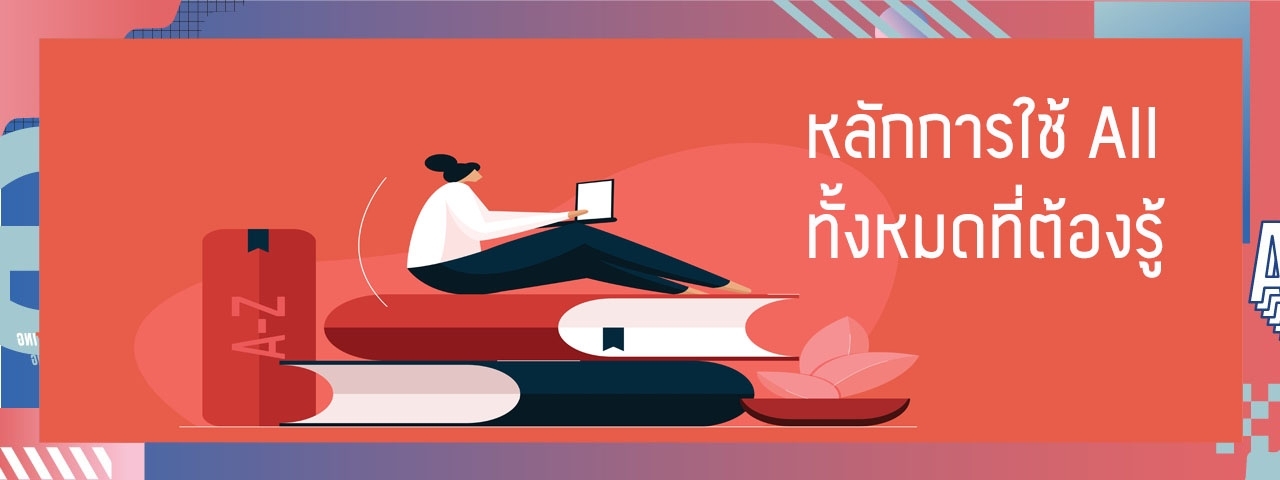

 15,583 Views
15,583 Views- ใช้ All นำหน้าคำนามพหูพจน์ (Plural Noun), คำนามนับไม่ได้ (Uncountable Noun) คำนามพหูพจน์ที่มี the นำหน้า
all + Plural Noun
ex. All students walk to school.
(นักเรียนทุกคนเดินไปโรงเรียน)
ex. All dogs are cute.
(สุนัขทุกตัวน่ารัก)
all + the + Plural Noun
ex. All the students walk to school.
(นักเรียนทุกคนเดินไปโรงเรียน)
ex. Have you eaten all the bread?
(คุณกินขนมปังหมดแล้วหรือยัง?)
ข้อสังเกต: ความแตกต่างระหว่าง all + noun กับ all + the + noun
the ใช้กับคน, สิ่งของที่เฉพาะเจาะจง เช่น all students คือ นักเรียนทั่ว ๆ ไปทุกคน ส่วน all the students จะหมายถึงนักเรียนทุกคนเฉพาะเจาะจงของโรงเรียน หรือนักเรียนทุกคนในห้องนั้น
all + Uncountable Noun
ex. My brother spent all the money.
(น้องชายของฉันใช้เงินหมด)
ex. All sugar has a different weight.
(น้ำตาลทั้งหมดมีน้ำหนักแตกต่างกัน)
- ใช้ All ตามหลัง Noun หรือ Pronoun
สามารถใช้ all ตามหลัง Noun หรือ Pronoun ที่เป็นกรรม (Object)
ex. Children all believe in ghosts.
(เด็กทุกคนเชื่อเรื่องผี)
ex. I love them all.
(ฉันรักพวกเขาทุกคน)
กรณีที่ใช้ All ในฐานะ Pronoun จะใช้ร่วมกับ of เป็น all of หรือใช้ all อย่างเดียวก็ได้
all of + Noun/Pronoun
ex. All of the people here play badminton.
(ทุกคนที่นี่เล่นแบดมินตัน)
ex. All of them were happy.
(พวกเขาทุกคนมีความสุข)
ข้อสังเกต : all + Noun กับ all of + Noun แตกต่างกันดังนี้เช่น all people หมายถึง ผู้คนทั่วไปทุกคนในโลกนี้ ส่วน all of the people จะหมายถึง ผู้คนทุกคนแบบเฉพาะเจาะจง อาจเป็นทุกคนในองค์กรใดองค์หนึ่ง
all + Relative Pronoun
all + Relative Pronoun ทำได้โดยละ Pronoun มาเป็น Relative Pronoun “that” ซึ่งจะให้ความหมายว่า เพียงแค่....เท่านั้น
ex. All you have to do is to retweet this post. = All that have to do is retweet this post.
(เพียงแค่คุณต้องรีทวิตโพสนี้เท่านั้น)
จากตัวอย่าง ใช้ Relative Pronoun “that” แทน Pronoun “you” และละ to ของ ... is to retweet
